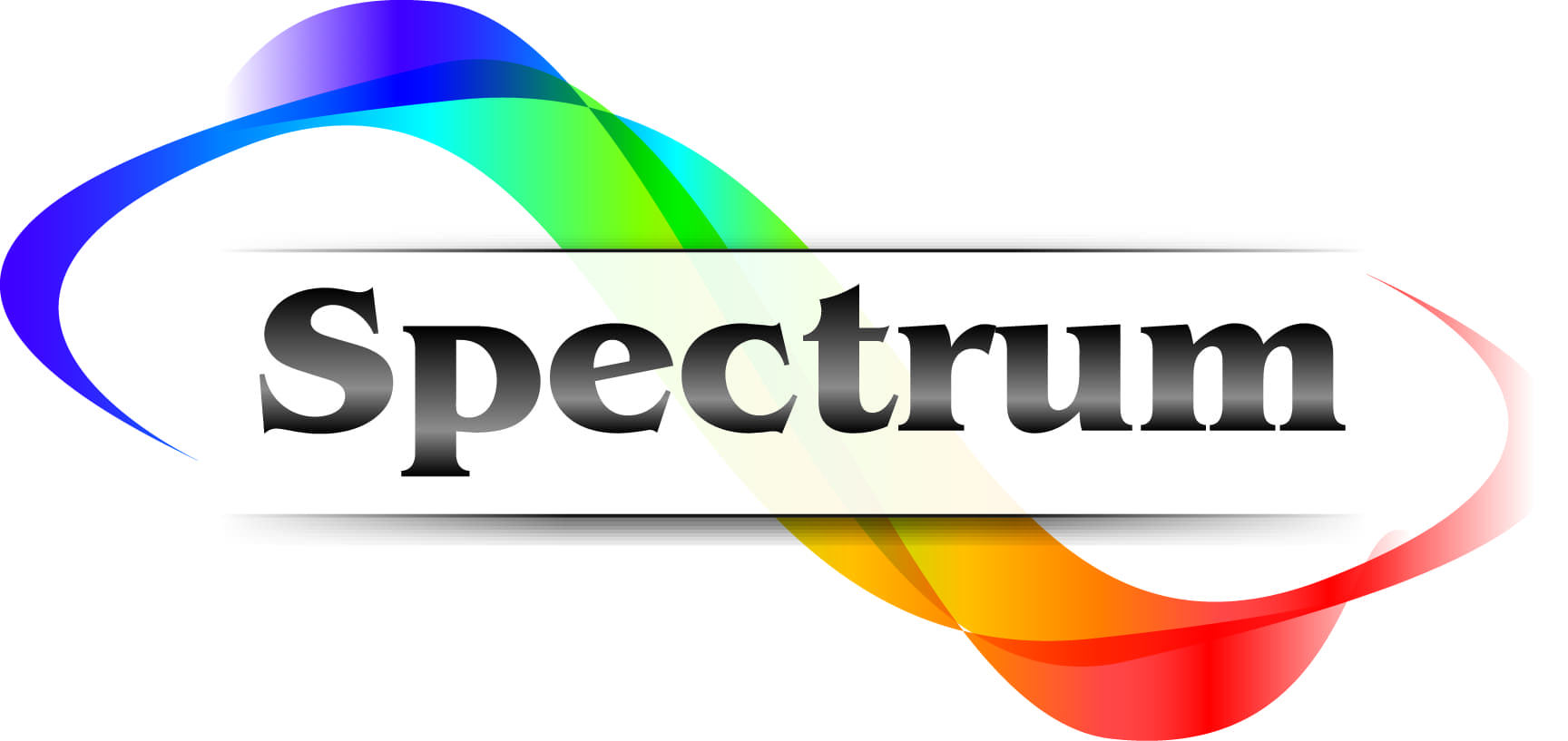- Contact us today!
- 912.897.7228
- Kim@spectrumsav.com
Setting Up Your File for Printing
The finer points of setting up your file for printing
When sending art files to us for printing, there are a few technical considerations that you’ll need to take into account. Adhering to these simple guidelines will help ensure that you’ll get the results you expect every time.
Of course, you can always let the experts at Spectrum create your artwork for you. Our talented designers can provide engaging designs that catch the eye and drive your messaging home with your clients. We handle all of the details, providing a hassle free, worry free marketing campaign.
If you would like to provide your own artwork however, these handy tips will help you prepare your print ready files.
Color modes
Always submit your files in CMYK format rather than RBG format. CMYK is the color mode for process printing, the method used for most projects that are not color critical. If you have a specific PMS color that should be used for some elements, make sure these elements are built using this color in your artwork. Also make note of the PMS number(s) in your print request so your printer is aware of the need for PMS color matching.
File format
PDF format is preferred for print ready artwork submissions. The PDF format builds in your fonts and images. PDF files contain all the necessary information to print your design, unlike other formats which may require that you send support files for all fonts and images used in the design.
Another way to ensure that your file will be printed correctly is to outline your fonts. By selecting your copy in the artwork and choosing “outline fonts” from the type menu, you convert all copy into vector art that is independent of any exterior font resources. Be sure your copy has been proofed and approved before outlining however as it may be difficult to make edits once this function has been performed.
Bleed
What is bleed?
Bleed is additional background images and/or color that extend beyond the trim dimensions of your final printed piece.
Why is adding bleed necessary?
Most printed material is printed on a larger sheet and then trimmed to its final size. Because there can be some shifting during the trimming process, if your background color or image ends at the trim dimensions and shifting occurs, you may see blank paper at an edge where you expected an image or color field to continue to the edge of the piece.
By adding 1/8 inch of additional image or color beyond your trim dimensions, you ensure that even if some of your pieces shift during trimming, your image or color will appear as intended.
Understanding bleed and sizes
Adding bleed to your design will change the size of your print ready artwork.
A good rule of thumb is to add .25 inches to each trim dimension to achieve .125 bleed on all sides. See below for some examples.
Popular Document Sizes
Business card
2” x 3.5”
With bleed 2.25” x 3.75″
Postcard
4″ x 6″
With bleed 4.25″ x 6.25″
Invitation
5″ x 7″
With bleed 5.25″ x 7.25″
Letter (standard) paper
8.5″ x 11″
With bleed 8.75″ x 11.25″
Legal paper
8.5″ x 14″
With bleed 8.75″ x 14.25″
Pocket folder
9″ x 12″
With bleed 9.25″ x 12.25″
Copy Margins
Just as you will need to add bleed to avoid unexpected results due to trim shift, you will also need to hold all critical copy back from the trim edge to ensure it does not get cut off during the trimming process. Again, holding back your copy from the trim edge by at least .125 inches is recommended for best results.
Templates
Most printers can provide templates for their standard pieces that include bleed and copy safe indications. It’s always a good idea to reach out to your printer early in the design process to ensure that your design will print as expected or help identify any issues early on. Your printer will be happy to help you achieve the look you want for the cost, and within the timeframe, you’ve planned.


